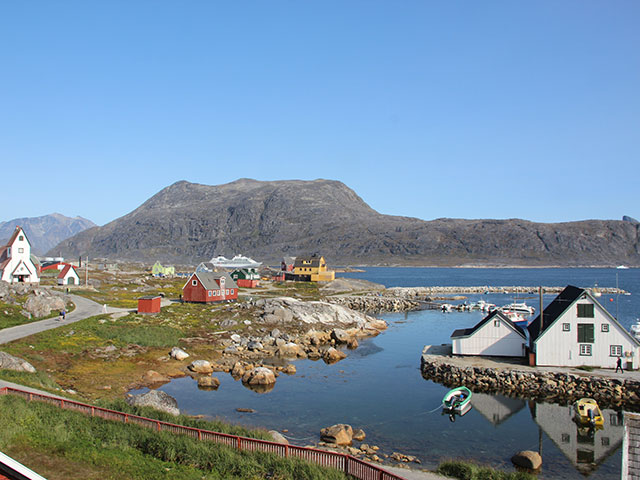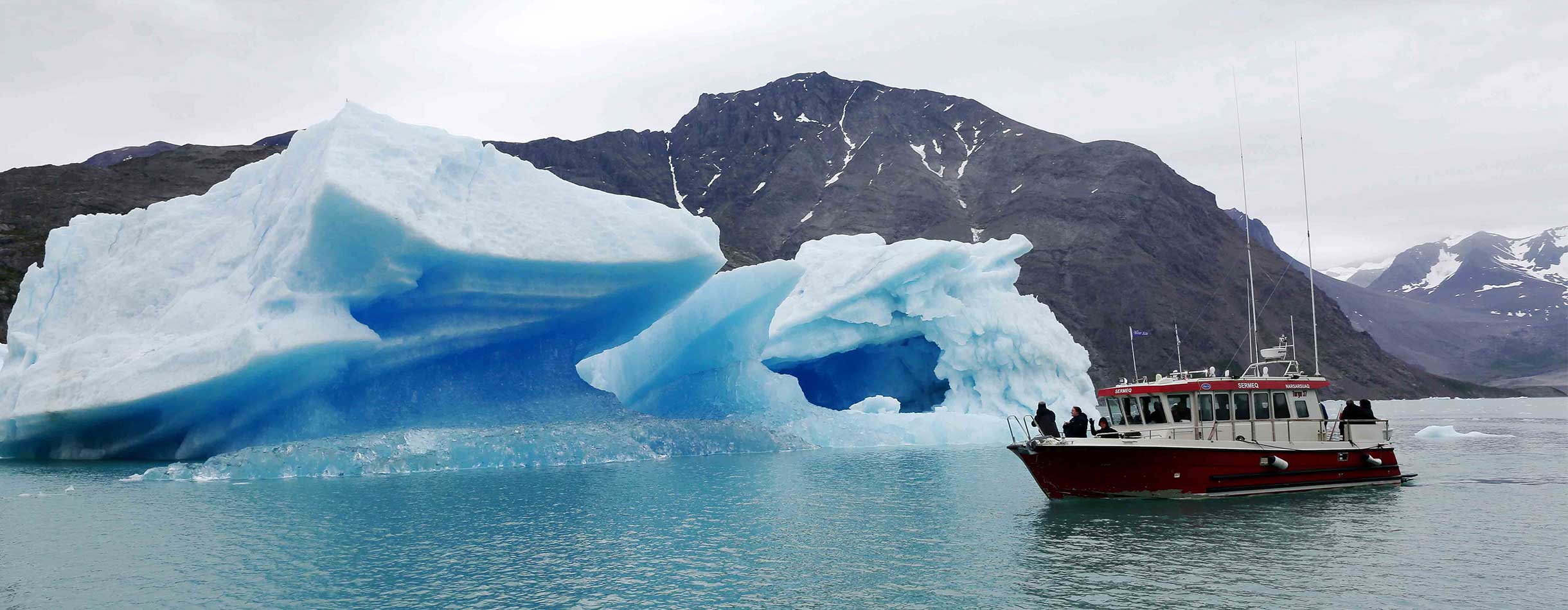Greenland Cruises
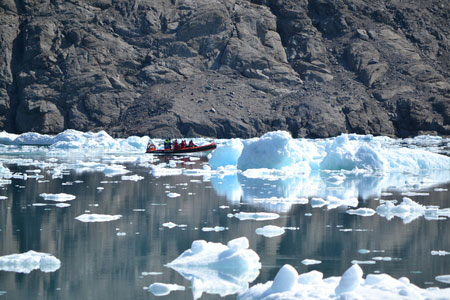
Discover Natural Wonders on a Greenland Cruise
Lying between the North Atlantic and Arctic oceans, much of Greenland’s surface is covered in ice, with its sparse populace nestled on the ice-free, fjord-lined coast to the southwest. Situated largely above the Arctic Circle, the island offers stunning landscapes and natural phenomena such as the summer’s midnight sun. There's nothing more spectacular than a Greenland cruise.
The old saying goes, “When you've seen the world, there's always Greenland,” but there are many reasons to make the trip much sooner. Greenland may be remote, but it's a natural masterpiece ideal for an Arctic cruise. Cruise to Iceland and Greenland, where dramatic fjords, imposing mountains and majestic icebergs are a feature of the unspoilt landscapes here, providing a haven for an amazing array of wildlife such as whales, seabirds, seals and reindeer.[ReadMoreDesk][ReadMoreMob]
Greenland's history and culture
Cruise to Greenland from UK and explore one of the world’s smallest capitals: cosmopolitan Nuuk. The city offers a mix of intriguing museums and more history can be found at the Viking ruins in Narsarsuaq and Qassiarsuk, and at Qaqortoq’s small Inuit (Eskimo) Museum.
The unique blend of Inuit and Danish ancestry has produced a Greenlandic culture all of its own. Experience the ways of traditional life, which are still well and truly present in some areas. A cruise to Greenland offers a chance to immerse yourself in the local culture. Dog sledding and fishing are still typically used in some areas whilst Greenlandic art and handicrafts, such as carvings, prints, and textiles, are highly valued around the world. Cruises to the fjords of Greenland are something special and time in each destination should be taken to unwind and witness some of this land’s most dazzling natural experiences.
Cruises to Greenland
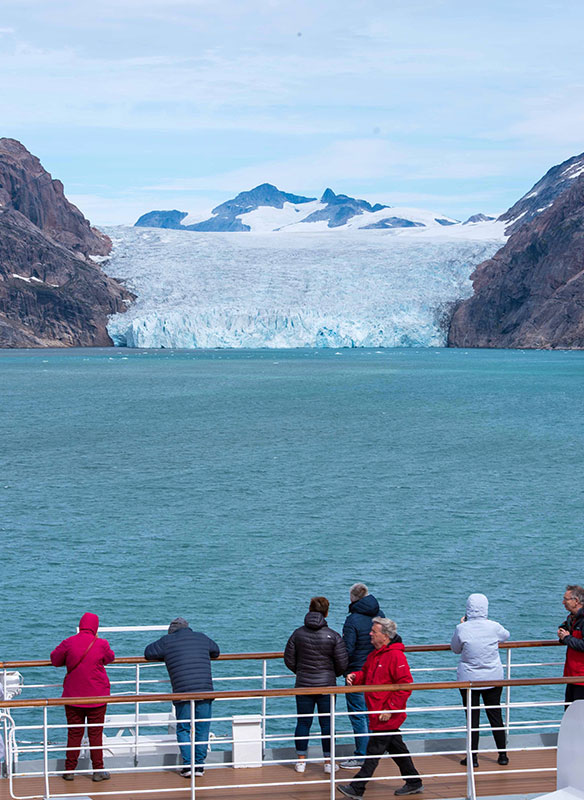
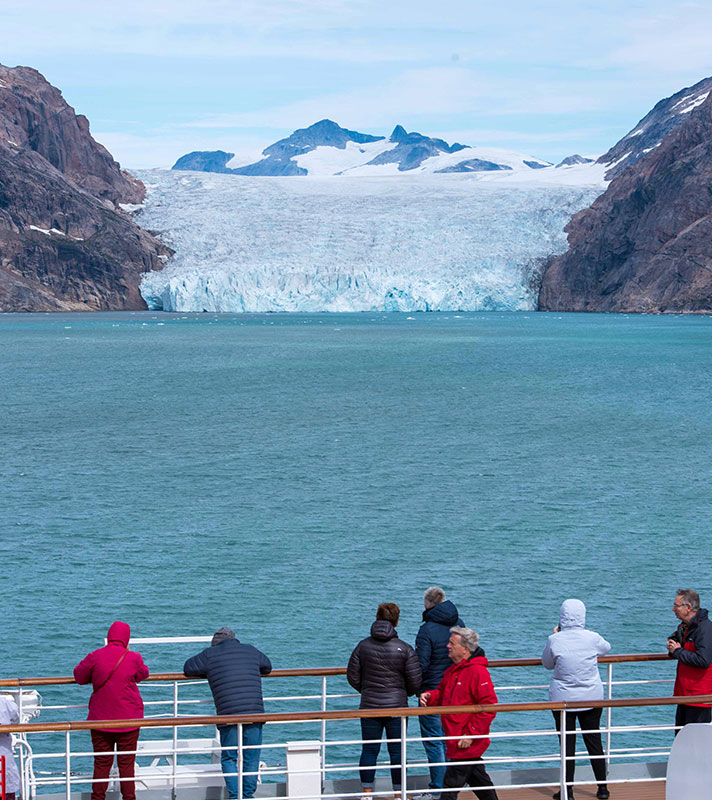
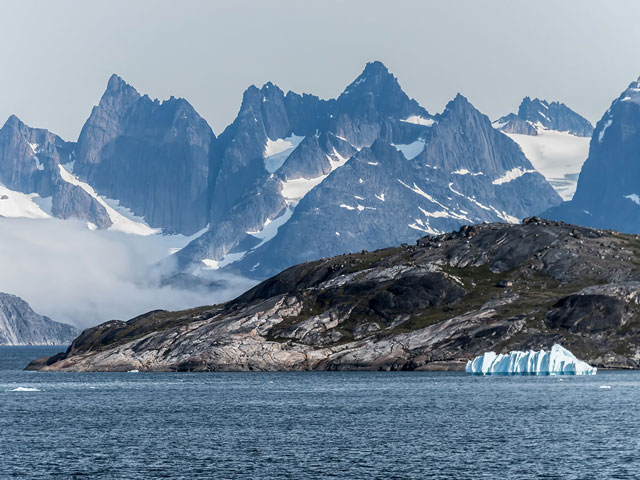
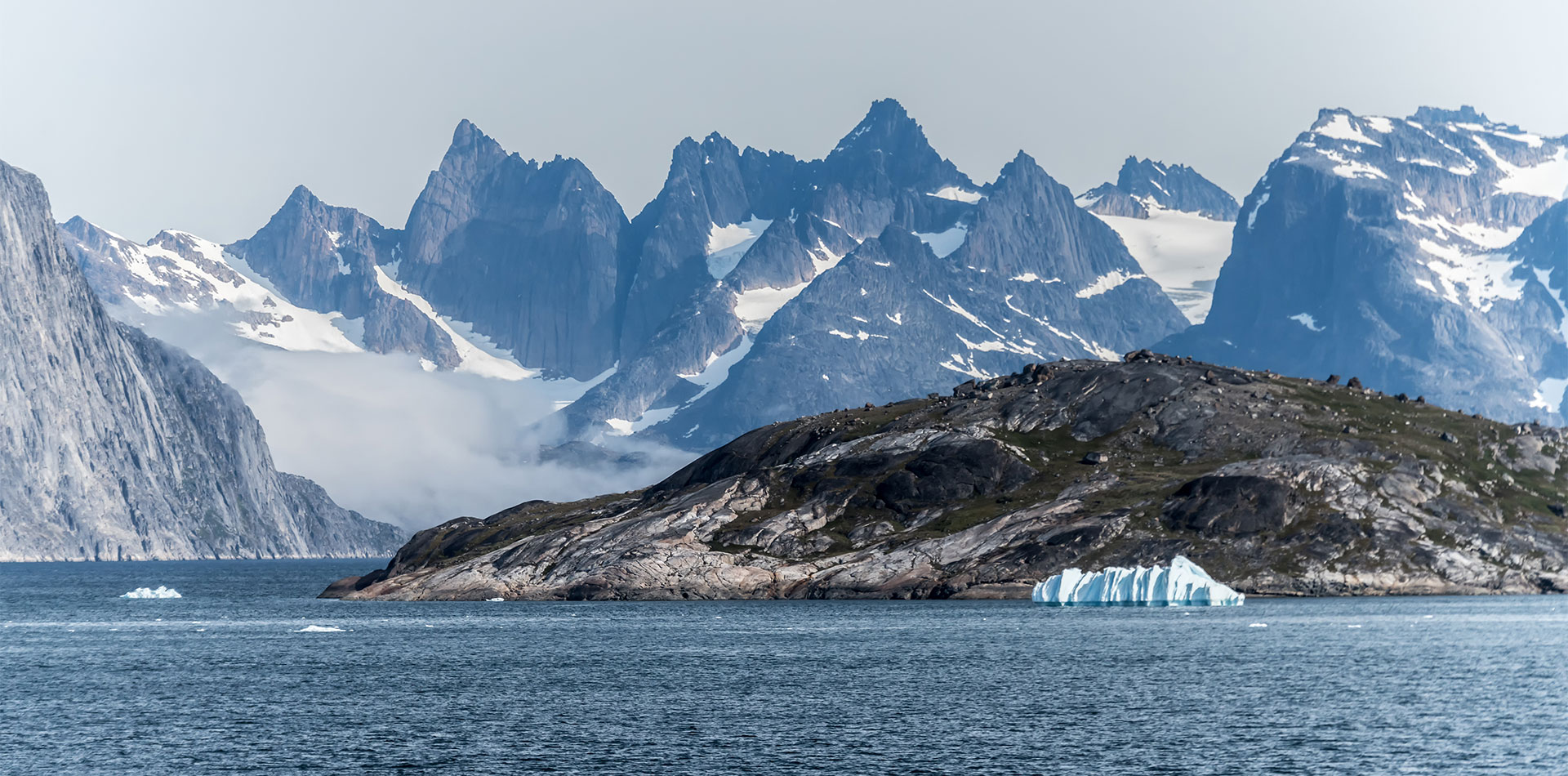
Greenland's Fjords, Mountains & Icebergs S2711
- Glide through vast glaciers and encounter turquoise icebergs
- Spend time on deck with ORCA guides to spot marine and birdlife
- Sail the narrow Prins Christiansund for outstanding scenic views
Showing 1 - 1 results


